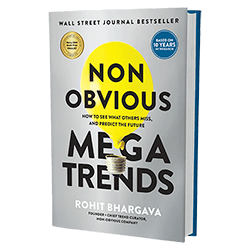Most bloggers or site owners pay a lot of attention to their web analytics and stats. The big three numbers for most of us are unique visitors, referring URLs and referring keywords. Of course, there are other metrics you can look at, but most site owners tend to hone in on those three. Of all the other numbers available, I think perhaps the least often used (and acted upon) is the screen size metric. Basically, with a good reporting tool like Statcounter or similar package, you can also get a measure of what screen sizes people are using to visit your website. Chances are, if you are like most of us – nearly 100% of your audience is on a screen 800×600 or bigger (not including those on Blackberries or portable browsing devices, of course). On my blog, according to Statcounter, 81% of my visitors are on a screen size of 1024 x 780 or higher. 15% are "unknown" and only 4% are at 800×600 or lower. For the non-designers out there, what does this really translate into? Well, mainly it just means how much dead space you see on either side of the screen (kind of like film letterboxing leaves those black bars on the top and bottom of your screen. If you happen to be reading my blog directly online versus through an RSS reader, you will see that there is a slight buffer on either side of the screen on a 1024×728 sized screen (the standard for most recent PCs and laptops. In my case, I chose to extend the width of the standard Typepad template I first used for this blog to allow a wider space for my content and (in my opinion) an easier reading experience for visitors to my blog.
The "paradox" that I refer to is the huge number of bloggers that use only a fraction of their screen width for their blog posts. Their posts run down the center of their blog in a column taking only 25% of the overall screen width and scroll down for many lines. The overall width of the blog is only 800 pixels, leaving huge gaps on either side of the blog. Books are not printed this way – but imagine if they were. You would have books run 3 times as many pages and nearly 50% of the printing costs would be wasted. Of course, print publishers would never do that, because there is a real costs associated with wasting real estate. Wasting space online, however, is free. So we have blogs running their posts through the middle of page, and running on for scroll and scrolls. To be clear, I’m not bashing white space as part of a design choice. Actually, I hate when every spare inch of a screen is filled with something. But there’s a thin line between using white space to further design, branding and usability, and wasting the space. If you have a blog and use this constrained format, give me your view. What’s the reason behind choosing a template like that? Are you stuck with it for technical reasons or do you see some value in it? I think I need some enlightenment here …






WE RECENTLY REMOVED COMMENTING - LEARN WHY HERE >